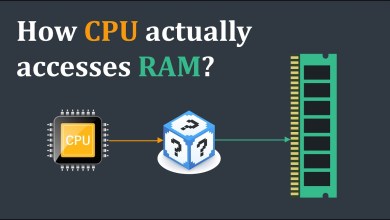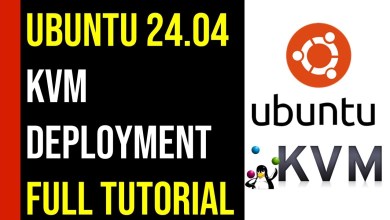Citrix CNS-207 – Implementing NetScaler 10.5 for App and Desktop Solutions
In this course you will gain the skills and knowledge to successfully implement, configure, secure and monitor a Citrix NetScaler system with NetScaler Gateway in a desktop virtualization environment.
Other topics covered in this course include an optional module on NetScaler SDX appliances with reinforcement simulation exercises.
Who is it addressed to?
This course is aimed at anyone who is new to the NetScaler platform and interested in integrating NetScaler Gateway with Citrix XenDesktop or Citrix XenApp.
What will you learn?
Upon completion you will know how to:
Capabilities and functionality of the NetScaler
NetScaler network architecture
Obtain, install, and manage NetScaler licenses
Capabilities and functionality of NetScaler Gateway
How SSL is used to secure the NetScaler
Configure authentication for users on the NetScaler Gateway
Implement authorization to determine to which resources users have access
Configure the NetScaler for high availability
Integrate NetScaler Gateway with Storefront or Web Interface to provide remote access for Web, SaaS, and mobile apps
Implement load balancing and GSLB on the NetScaler system
Customize the NetScaler system for traffic flow and content-specific requirements
Configure endpoint analysis to determine the level of access for specific devices
Enable access to applications and data for user connections
Monitoring and reporting through native NetScaler logging tools
Configure NetScaler Insight Center to monitor a desktop virtualization environment
Employ recommended tools and techniques to troubleshoot common NetScaler network and connectivity issues
Capabilities and functionality of the NetScaler SDX platform.
Networking characteristics of the NetScaler SDX platform.
The process of provisioning and administration of NetScaler VPX instances on a NetScaler SDX appliance
Students need to have:
Familiarity with application delivery and cloud networking
Experience with Citrix desktop virtualization technologies, such as XenDesktop and XenApp
Familiarity with Microsoft Windows Server 2008 R2
Familiarity with Microsoft Windows Server 2012
Experience with Microsoft SQL Server or enterprise database servers
Experience with Active Directory and Group Policy
Basic understanding of Microsoft Remote Desktop Services
Basic understanding of Windows Server networking concepts, such as DNS, IIS®, and load balancing
Exposure to basic system administration concepts, including logging, software upgrade procedures, and high availability operations
Familiarity with server monitoring tools
Basic understanding of VPN concepts, including SSL encryption and certificates
[ad_2]
source



